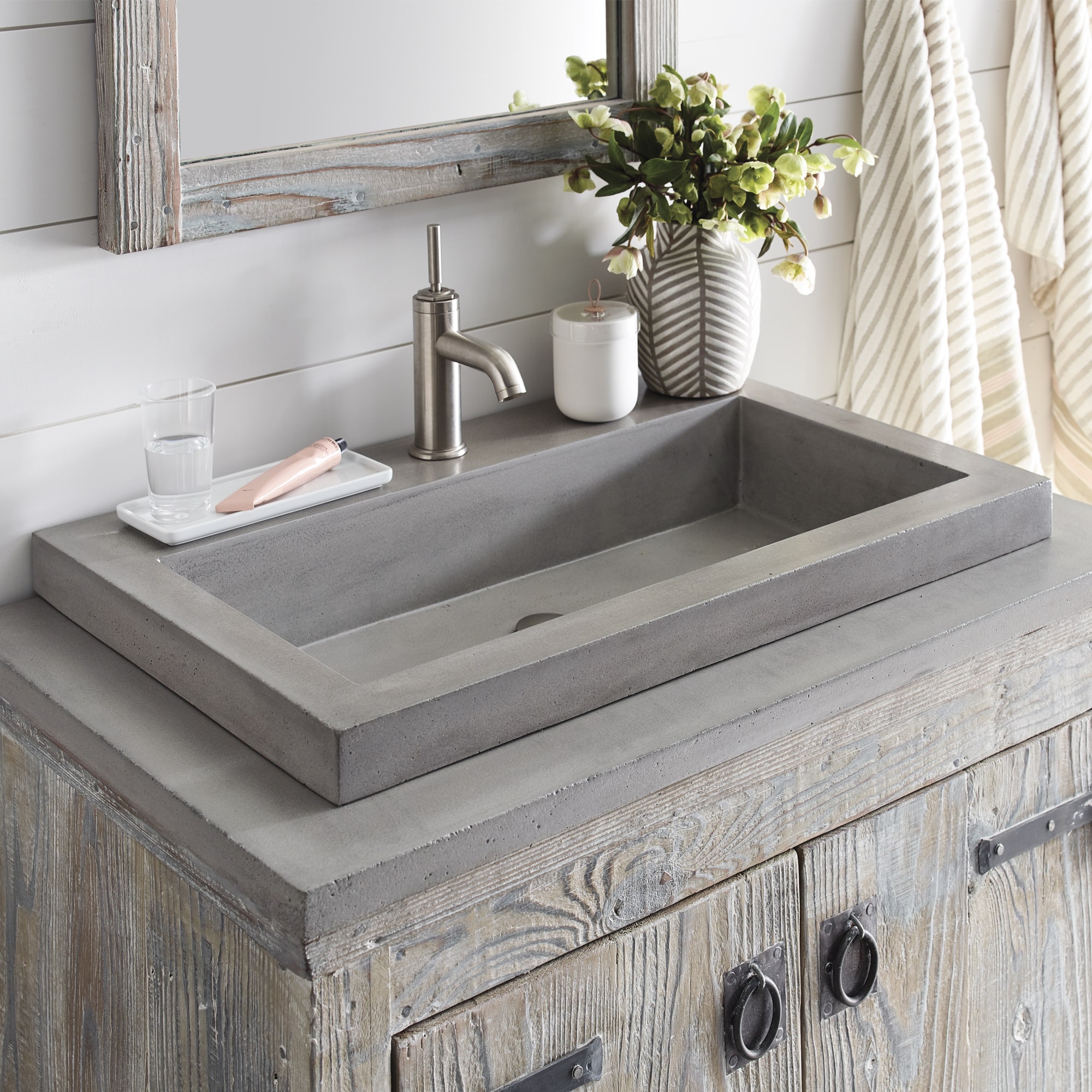Plumbing Diagnosis

Round drop in bathroom sink – Identifying the cause of a round drop in a bathroom sink requires a systematic approach and understanding of common plumbing issues. Here’s a step-by-step guide to help you diagnose the problem.
Before starting, gather necessary tools and materials such as a flashlight, adjustable wrench, pliers, and replacement parts (if required).
Inspecting the Faucet, Round drop in bathroom sink
Check if the drop is coming from the spout or the base of the faucet. Tighten any loose connections using an adjustable wrench. Examine the faucet handle for any damage or leaks.
The round drop-in bathroom sink is a classic choice for many bathrooms. It’s easy to install and maintain, and it comes in a variety of styles to match any décor. If you’re having problems with your bathroom sink drain, you can find a bathroom sink drain parts diagram online that will help you identify the problem and fix it.
With a little care and maintenance, your round drop-in bathroom sink will last for many years to come.
Checking the Washers
Remove the aerator from the spout using pliers. Inspect the washer inside the aerator for wear or damage. If the washer is worn, replace it with a new one.
With its sleek design and unparalleled functionality, the round drop in bathroom sink seamlessly complements any modern bathroom. For a touch of sophistication, consider pairing it with a modern bathroom sink faucet that boasts an array of innovative features and stunning finishes.
The combination of a round drop in bathroom sink and a contemporary faucet elevates the bathroom’s aesthetics, creating a space that exudes both style and practicality.
Examining the O-rings
Locate the O-rings at the base of the faucet handle and the connection between the faucet and the sink. Check for any cracks or tears in the O-rings. If damaged, replace them with new ones.
Testing the Drain Assembly
Close the drain and fill the sink with water. If the water drains slowly or not at all, the drain assembly may be clogged. Use a drain snake or chemical drain cleaner to clear the blockage.
Repair Techniques: Round Drop In Bathroom Sink

Addressing a round drop in a bathroom sink requires specific repair techniques. Understanding these techniques will help you restore your sink to optimal functionality.
Replacing a Washer
A worn-out or damaged washer is a common cause of leaks. To replace it:
- Turn off the water supply to the sink.
- Use a wrench to loosen the packing nut and remove the old washer.
- Place a new washer onto the stem and tighten the packing nut.
- Turn the water supply back on and check for leaks.
Tightening a Loose Connection
Loose connections can also lead to leaks. To tighten them:
- Identify the loose connection by checking the nuts and bolts around the sink.
- Use a wrench to tighten the loose connection.
- Check for leaks after tightening.
Installing a New O-ring
An O-ring is a rubber seal that prevents leaks between the sink and the drain. To install a new one:
- Remove the old O-ring from the drain.
- Lubricate the new O-ring with petroleum jelly.
- Place the new O-ring onto the drain.
- Reinstall the drain and check for leaks.
Maintenance Tips

Regular maintenance and preventative measures can significantly reduce the likelihood of round drops in bathroom sinks. Implementing these simple practices can help extend the life of your sink and ensure it functions optimally.
Regular Cleaning and Inspection
Regular cleaning and inspection of the sink and drain are crucial for preventing round drops. Use a mild, non-abrasive cleaner to wipe down the sink surface and drain opening. Check for any visible cracks, leaks, or blockages. If any issues are detected, address them promptly to prevent further damage.
Sink Strainer
Using a sink strainer is a simple yet effective way to prevent hair, debris, and other foreign objects from entering the drain. These strainers catch and hold these materials, reducing the risk of clogging and round drops. Regularly empty and clean the strainer to ensure it remains effective.
Avoid Harsh Chemicals and Abrasive Cleaners
Harsh chemicals and abrasive cleaners can damage the sink surface and drain components. Avoid using these substances, as they can weaken the materials and make them more susceptible to leaks and round drops. Instead, opt for mild, non-abrasive cleaners that are specifically designed for bathroom fixtures.